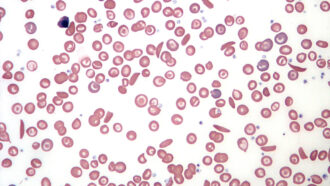

Urea normalizes cells – Science News, December 19, 1970
Intravenous infusions of urea now appear to promise successful treatment of sickle-cell patients.… Urea causes sickled cells to revert to their normal, doughnut shape. Thus far, intravenous infusions of urea have relieved sickle-cell crises in 22 patients tested.
Update
Sickle-cell disease causes painful clots that can lead to strokes and damage organs. Bone marrow transplants, which began in the 1980s for sickle-cell patients, are a cure, but finding a donor can be challenging. In 1998, a urea-based compound called hydroxyurea became the first drug approved by the U.S. Food and Drug Administration to treat sickle-cell disease. Until then, without a transplant, doctors could only ease symptoms with painkillers and blood transfusions.
Hydroxyurea is still used today. Because the compound can be toxic at high doses, scientists have continued searching for better treatments. Clinical trials under way in the United States are using the gene-editing tool CRISPR/Cas9 to edit sickle-cell patients’ DNA in an effort to beat the disease for good (SN: 8/31/19, p. 6).

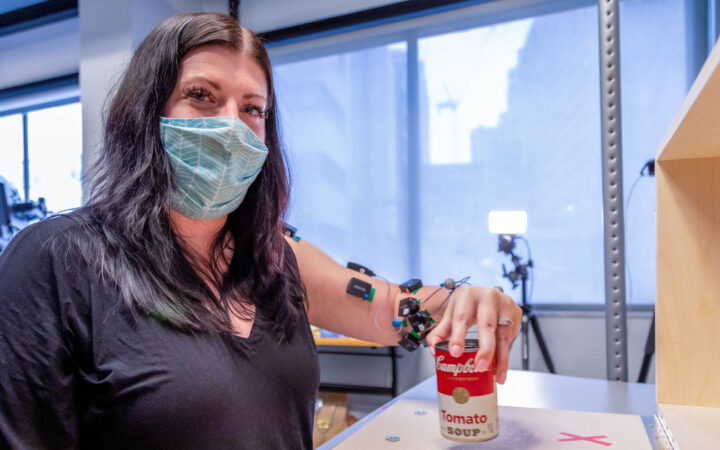 A new treatment could restore some mobility in people paralyzed by strokes
A new treatment could restore some mobility in people paralyzed by strokes  What has Perseverance found in two years on Mars?
What has Perseverance found in two years on Mars? 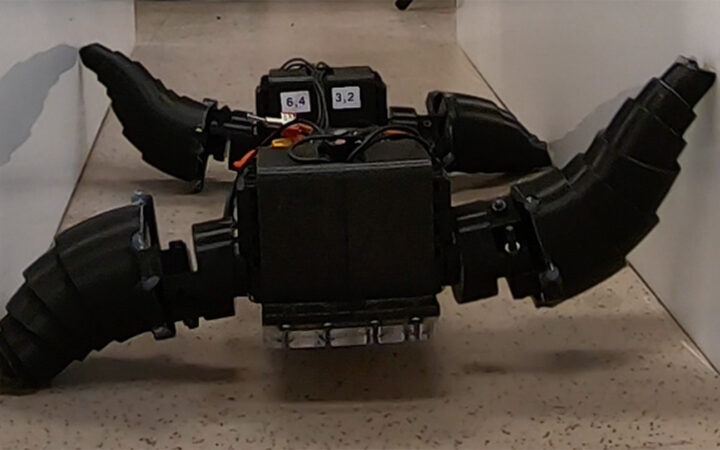 This robot automatically tucks its limbs to squeeze through spaces
This robot automatically tucks its limbs to squeeze through spaces  Greta Thunberg’s new book urges the world to take climate action now
Greta Thunberg’s new book urges the world to take climate action now 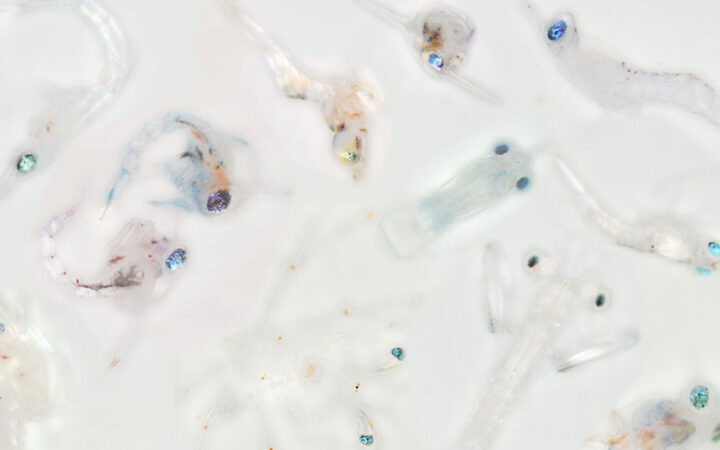 Glassy eyes may help young crustaceans hide from predators in plain sight
Glassy eyes may help young crustaceans hide from predators in plain sight 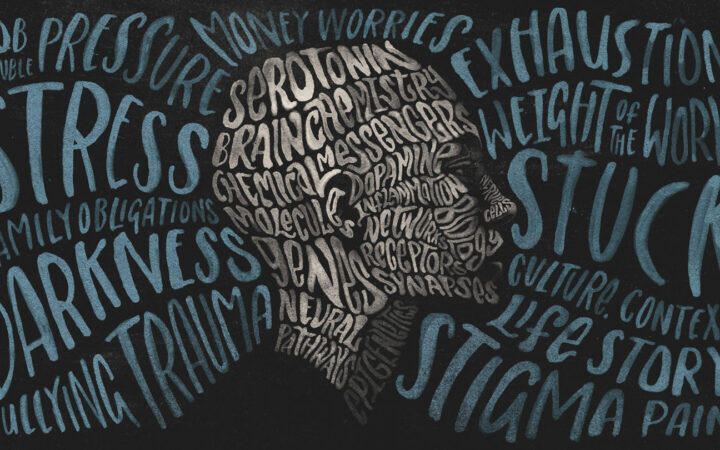 A chemical imbalance doesn’t explain depression. So what does?
A chemical imbalance doesn’t explain depression. So what does?